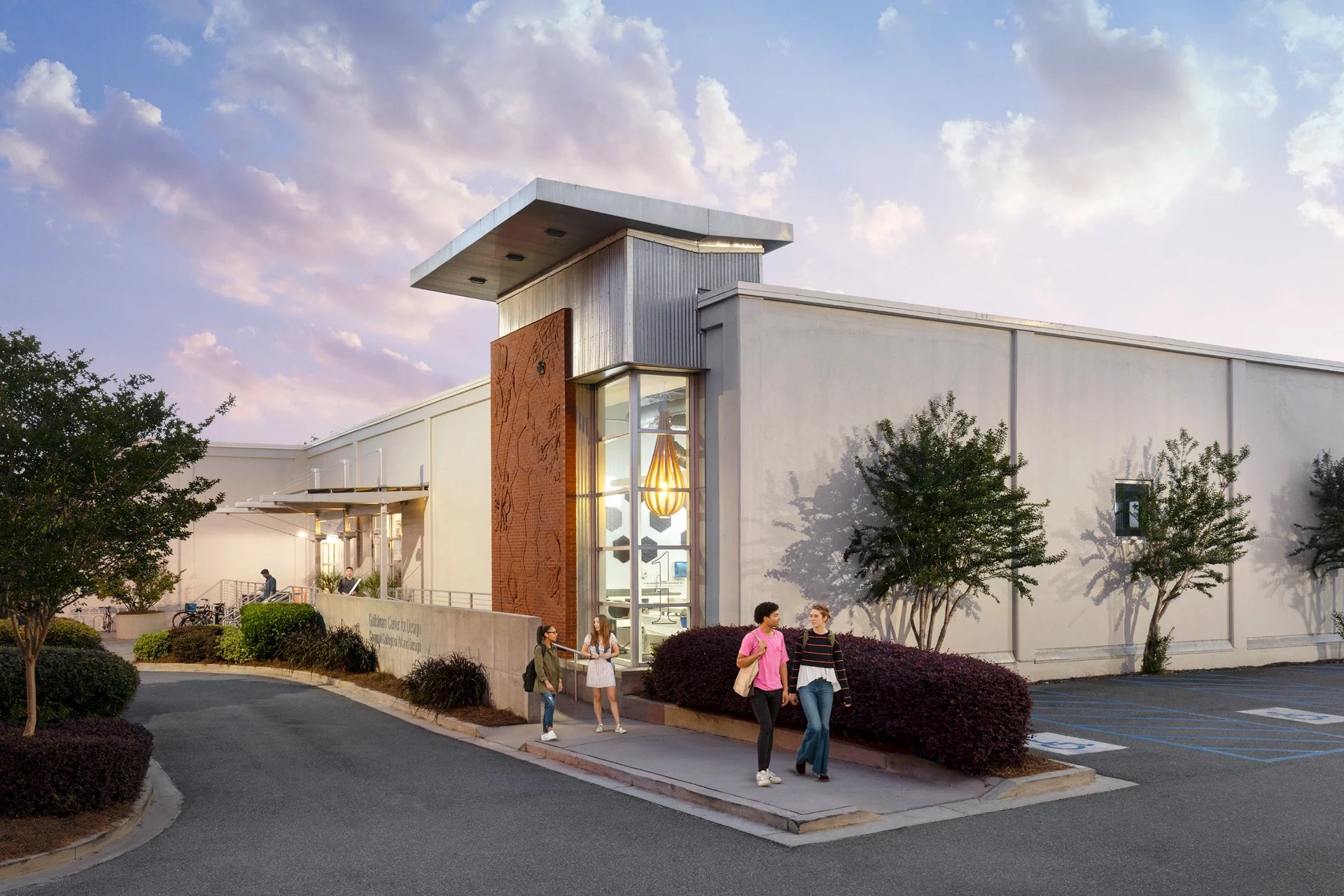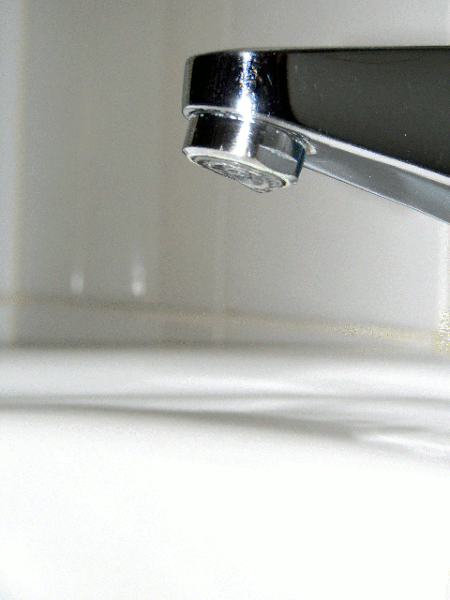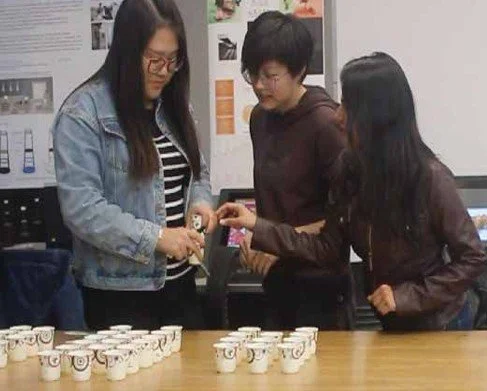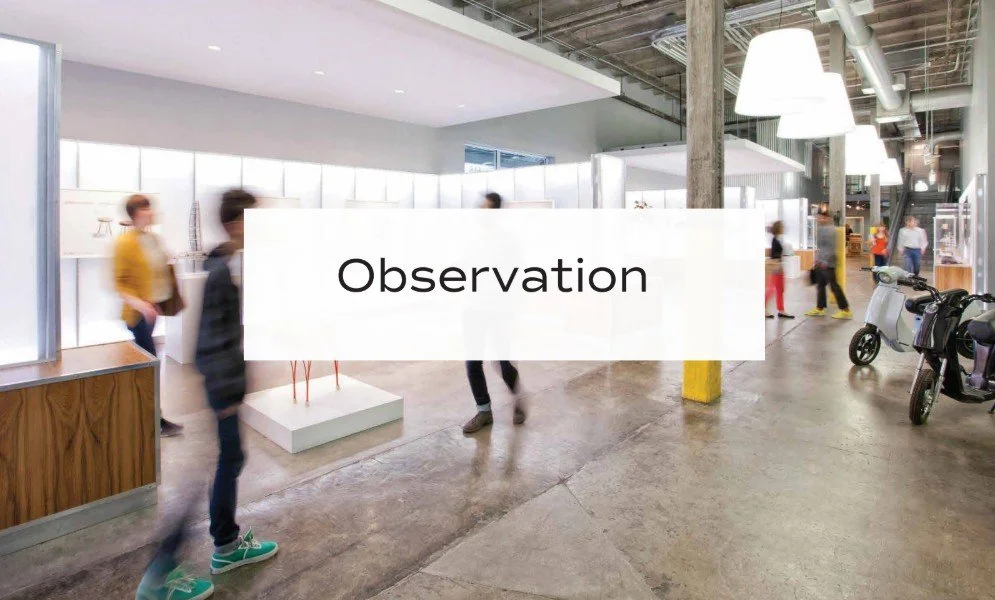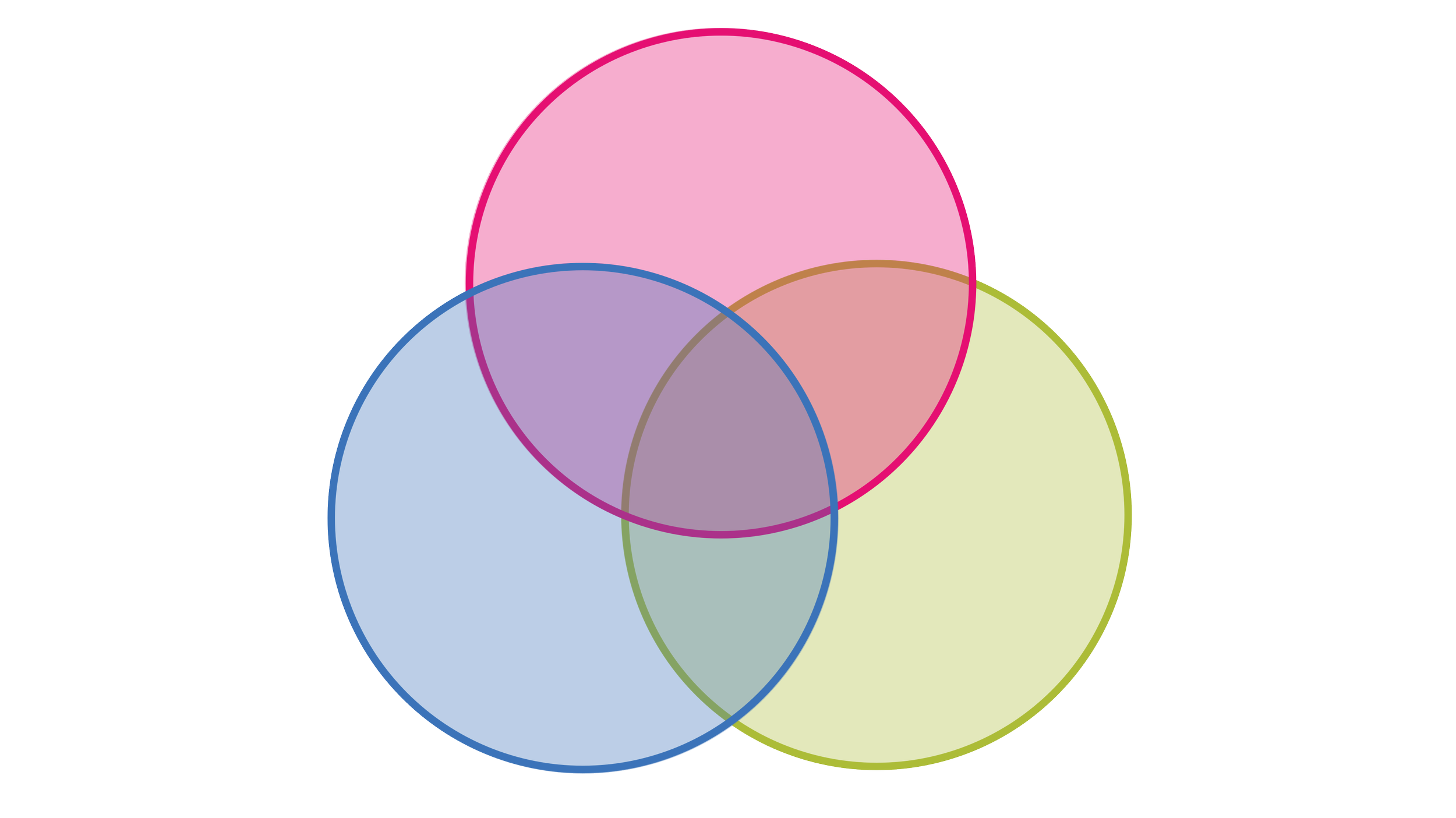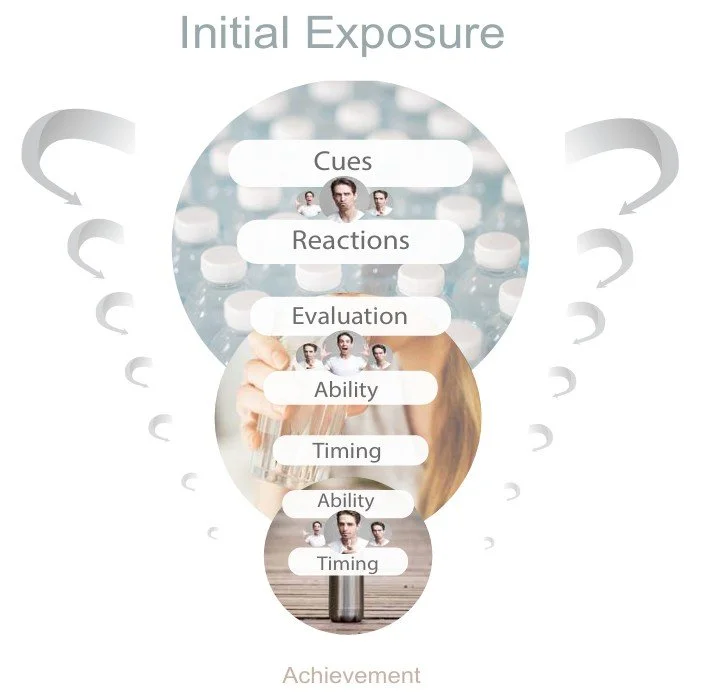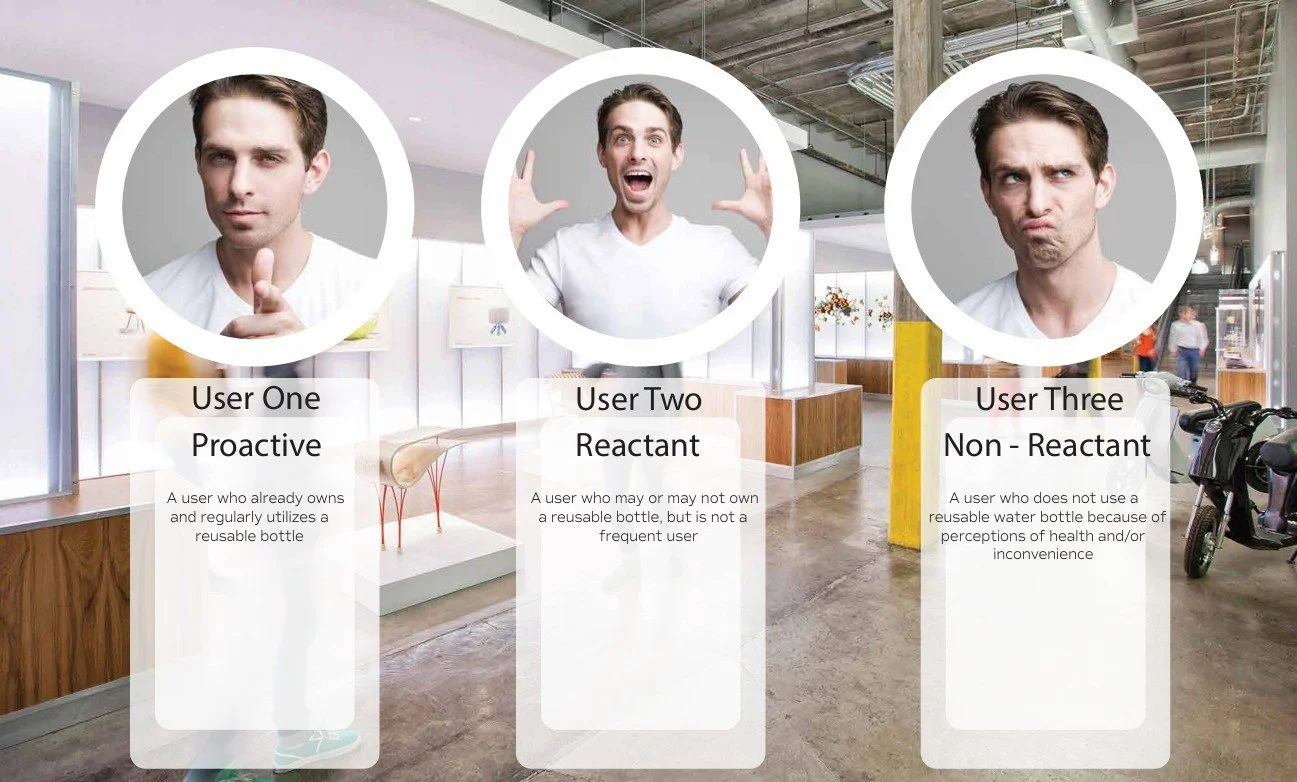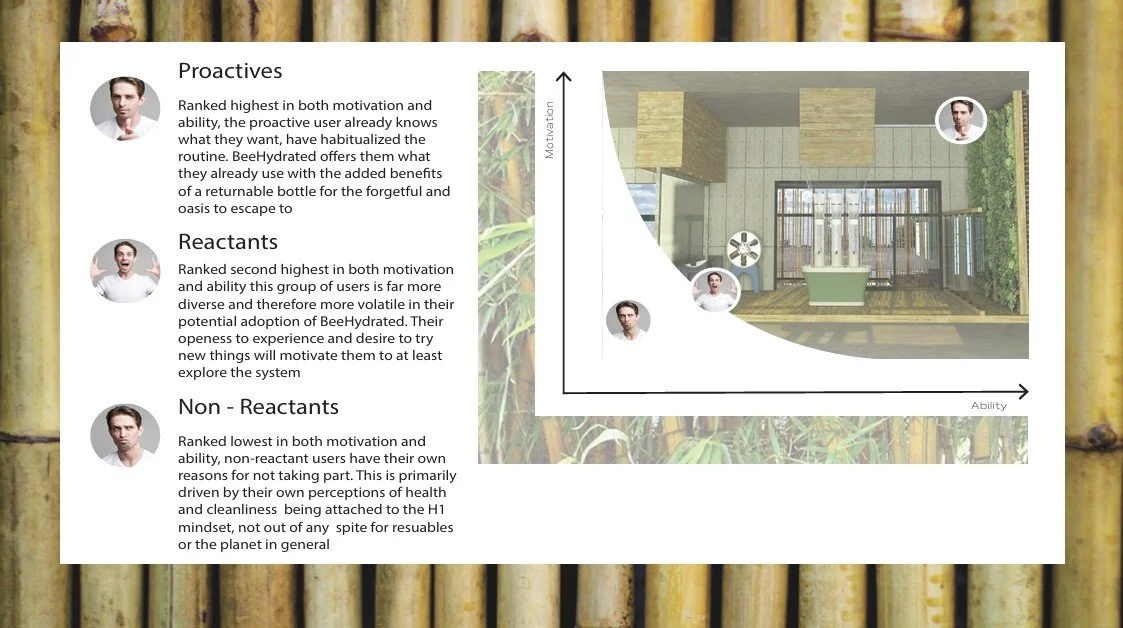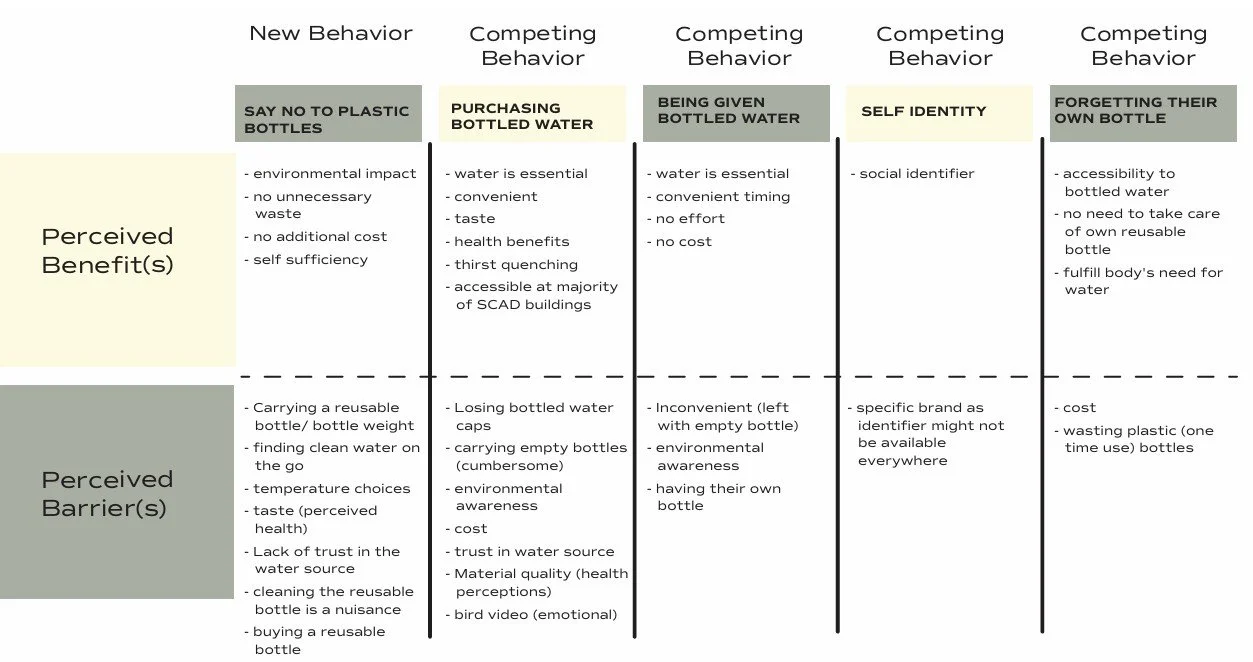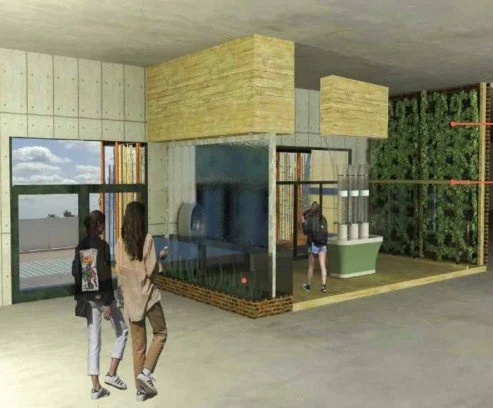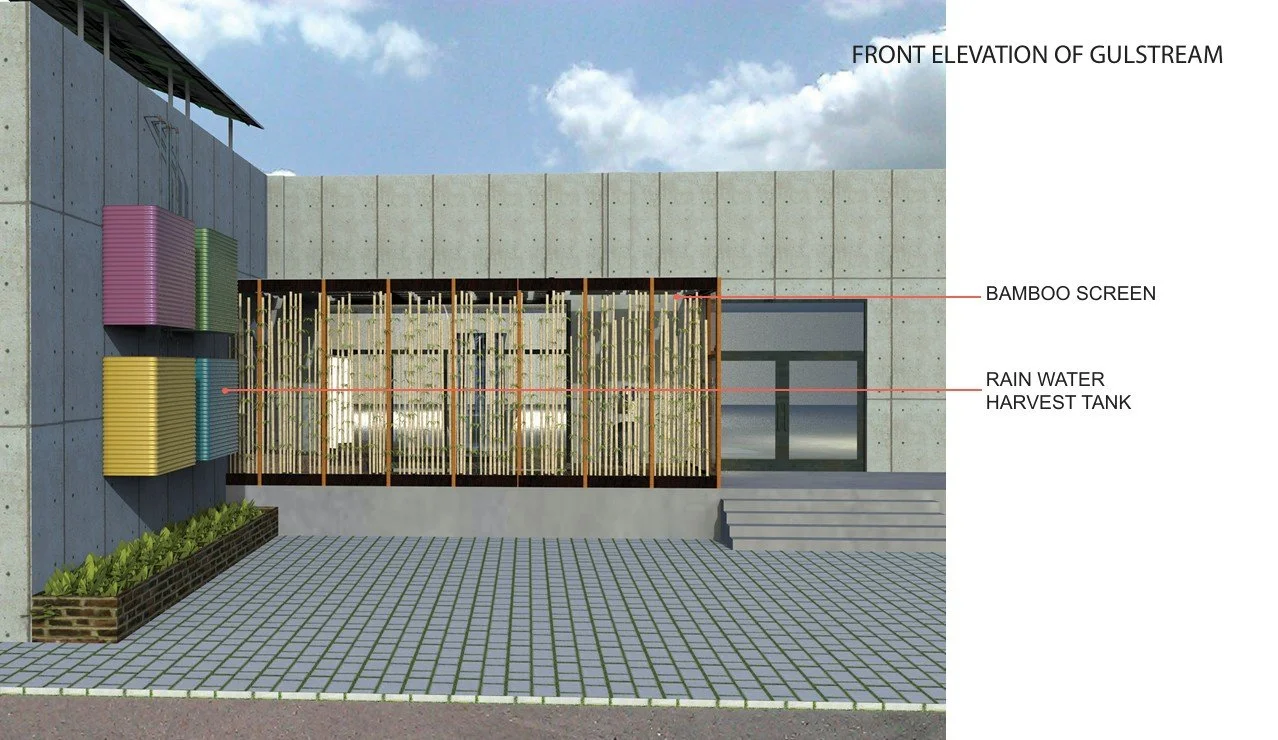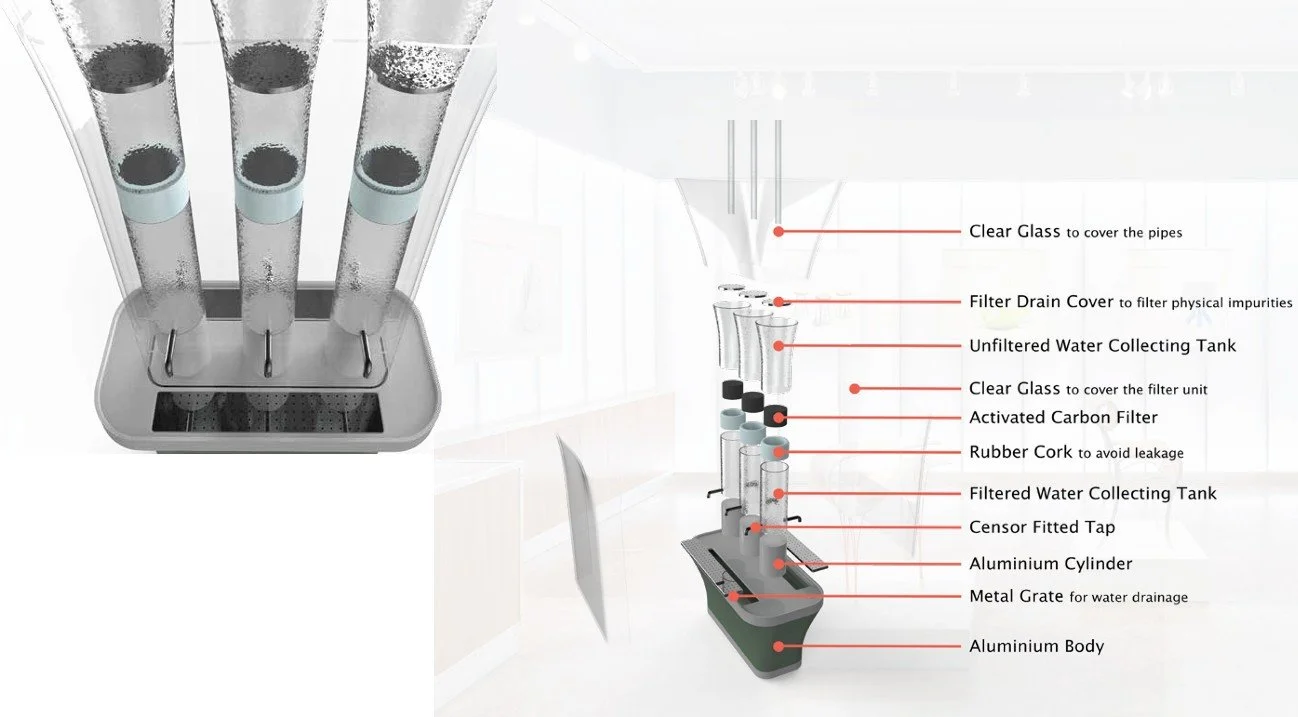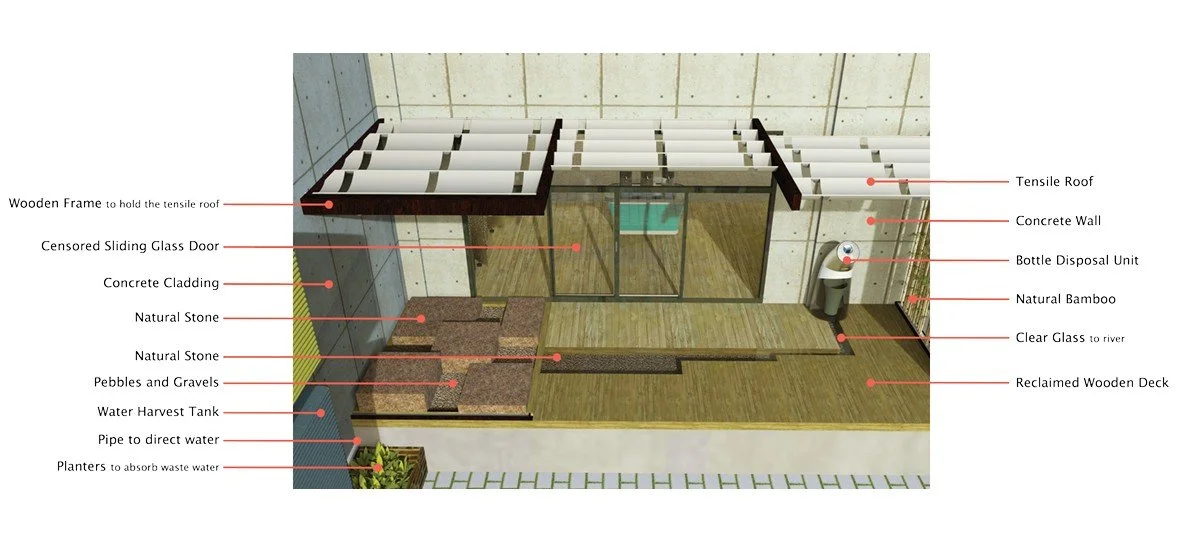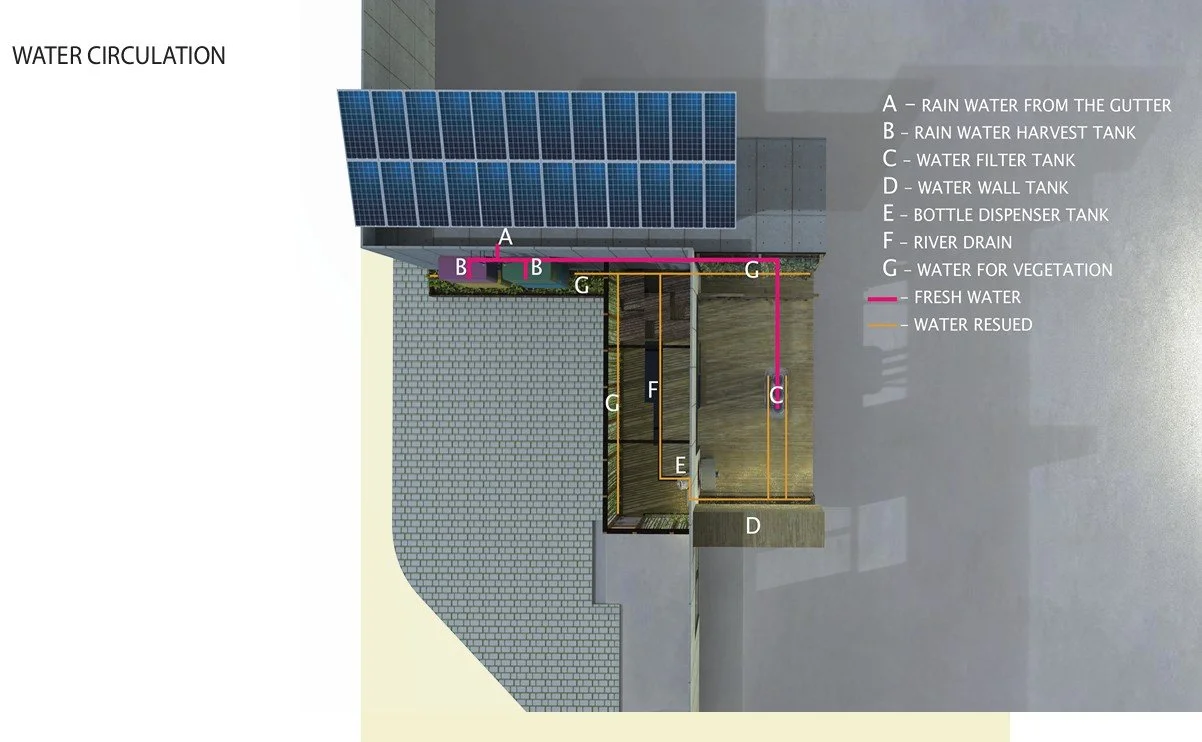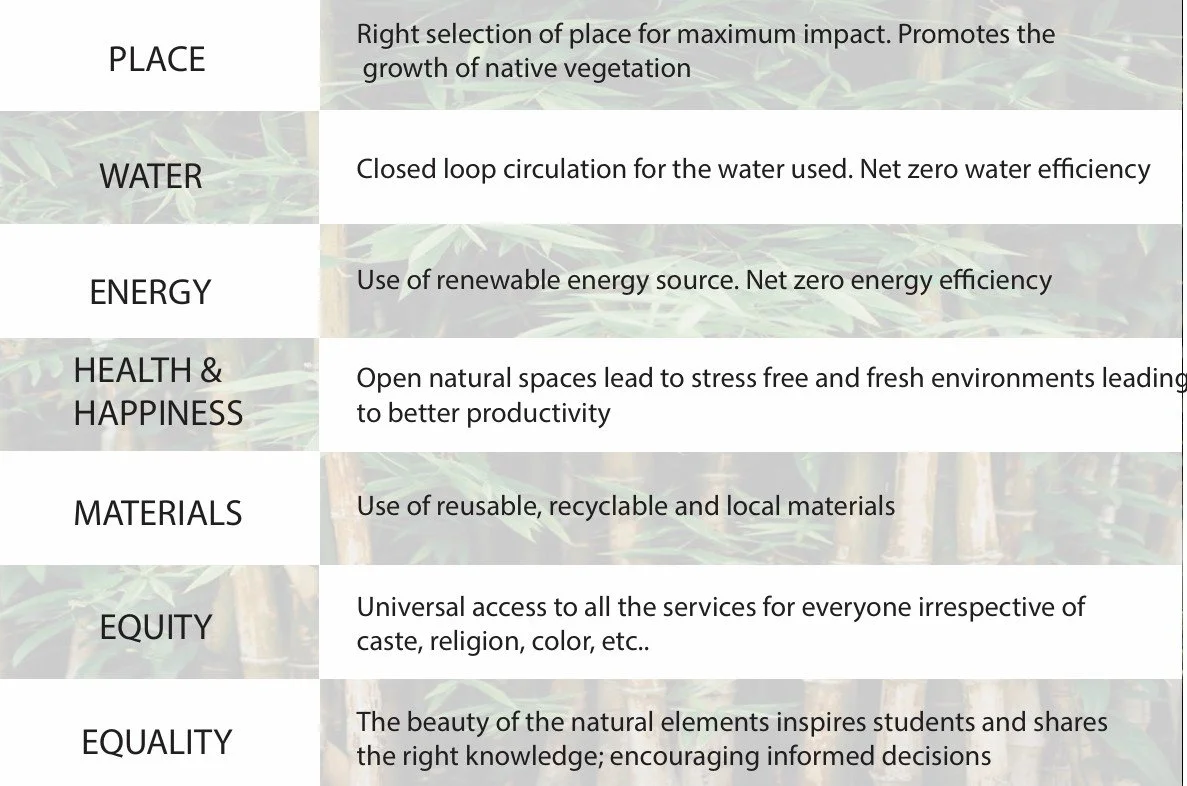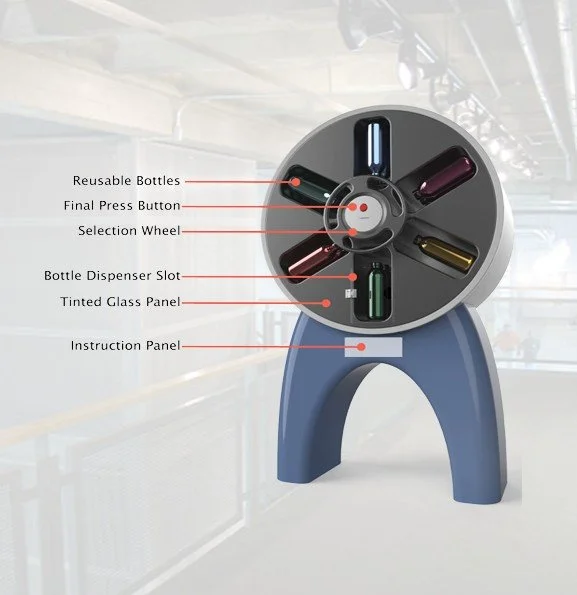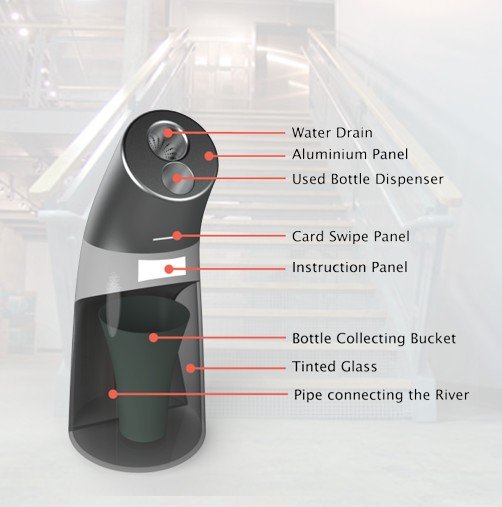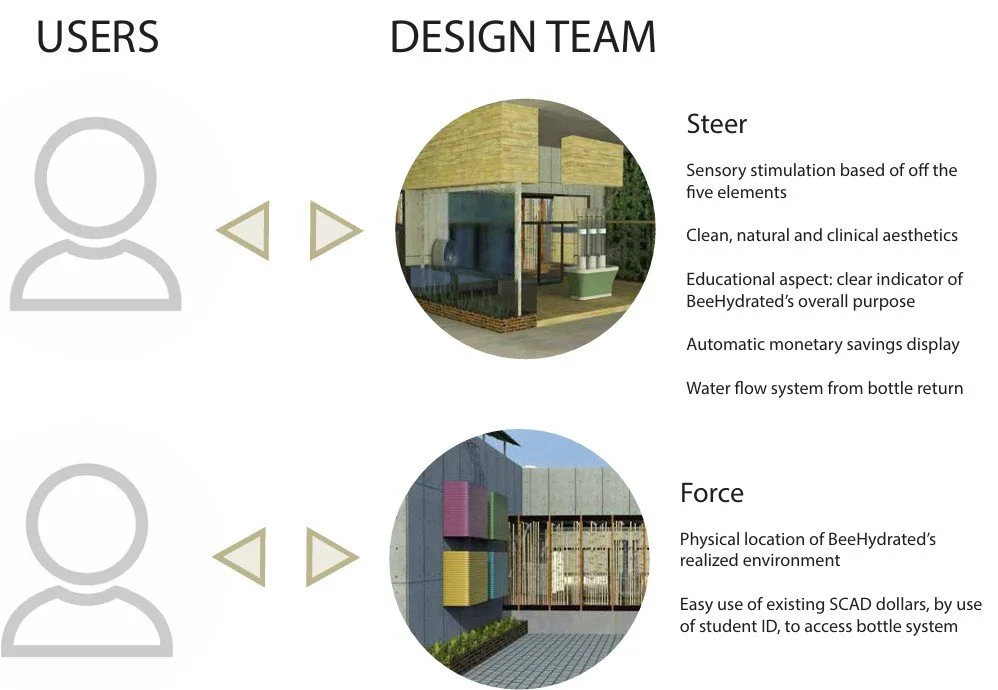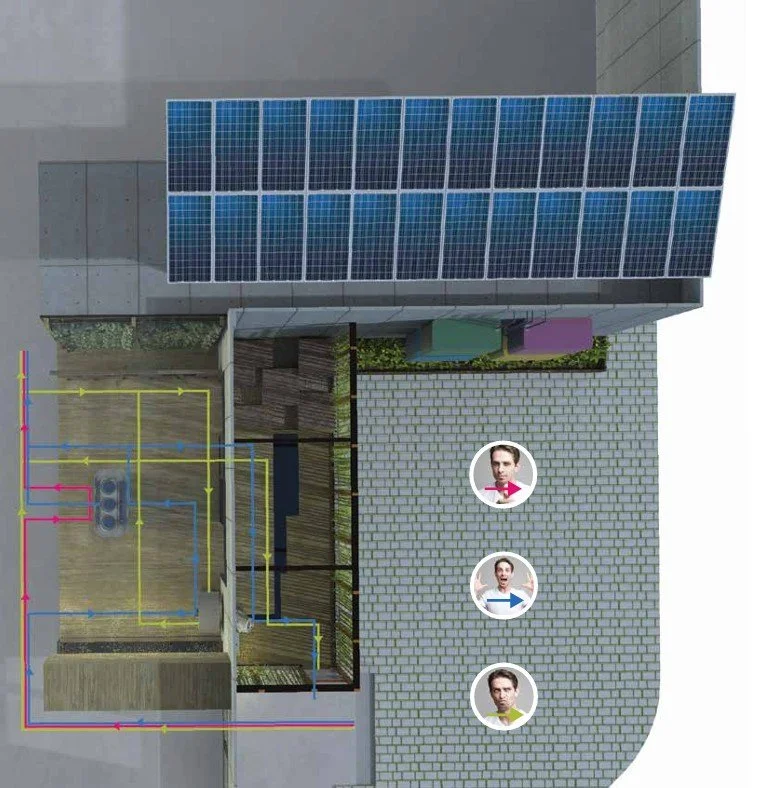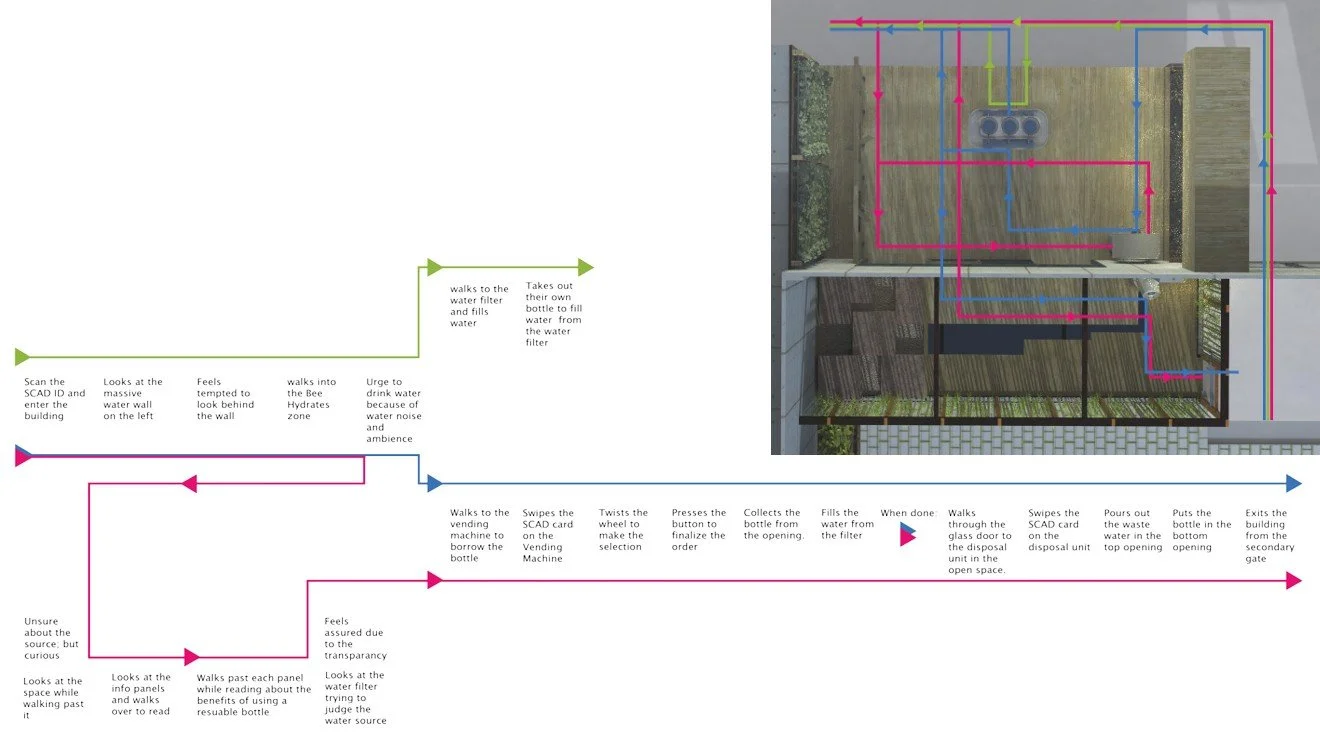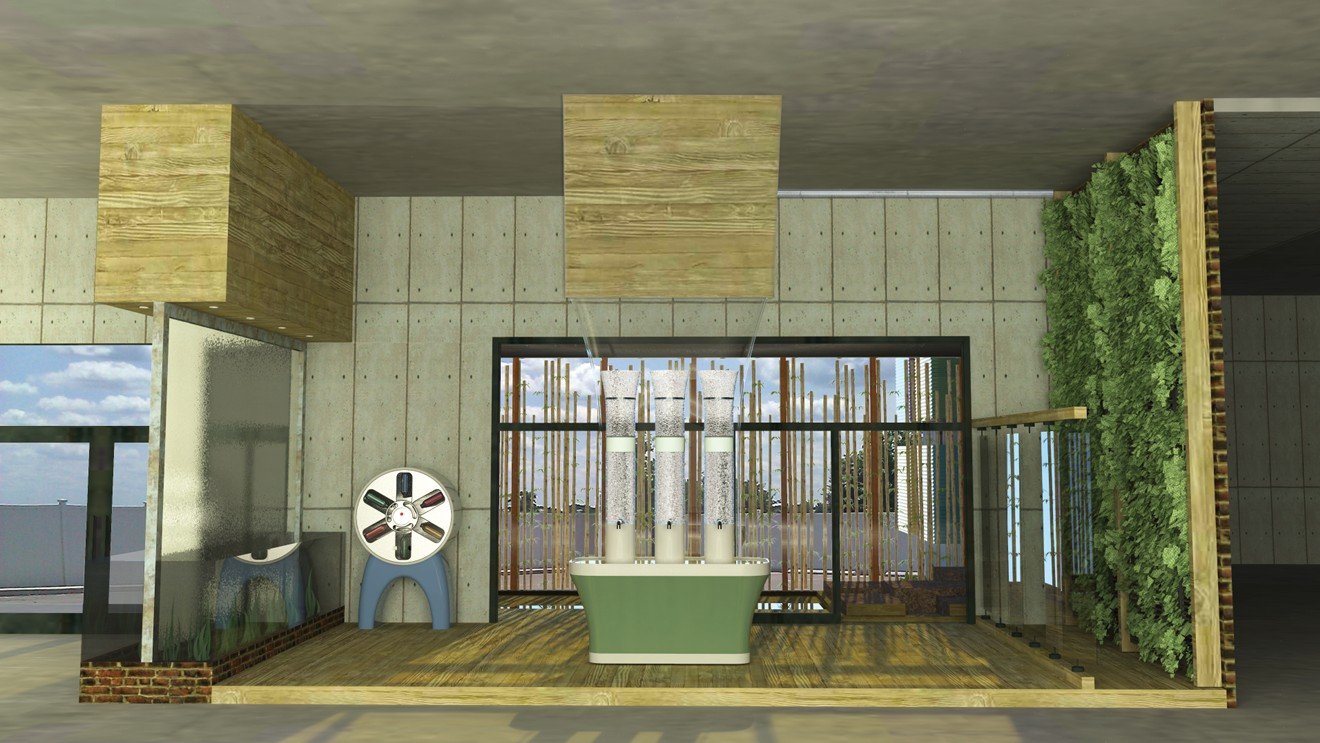
BEE Hydrated
Building Water Resilience @ SCAD
Partnering for Change
This project was designed with the International Living Future Institute’s principles in mind and was submitted for the Living Future Award.
Partnering for change is not just a strategy or an award; it is a necessity in our interconnected world. By embracing collaboration, nurturing innovation, building trust, and measuring impact, organizations can effect transformative change.
Developed through a graduate partnership with SCAD as a corporate collaborator, Bee_Hydrated represents an immersive campus experience that reimagines the provision of university drinking water. As research lead and behavioral design architect, I developed the strategic framework combining innovative design with practical solutions to enhance sustainability and wellbeing across campus.
Educate
Reduce Stress on Campus
Eliminate Plastic
Reduce Reliance on City Water
Meet the team
Watch & Learn
Through observational studies across three SCAD locations, I identify key behavioral patterns: at Kroger, I observe students consistently choosing the cheapest bottled water options regardless of promotions; at Cafe78, I witness customers frequently forgetting purchased bottles and switching to other beverages when bottled water costs the same as alternatives; and at SCADfit, I document user frustration with hidden, poorly-maintained water fountains while noting that no one uses the bottle refill stations during my observation periods. These findings reveal critical gaps between available sustainable options and actual user behavior that inform Bee_Hydrated.
Product Design
Next Steps
We leveraged primary research insights to identify three distinct user personas with different motivations and barriers toward reusable water bottle adoption. Using B.J. Fogg's B=MAT model (Behavior = Motivation x Ability x Trigger), we mapped each persona's position to design targeted interventions rather than forcing universal behavior change. We applied this framework to create the Bee_Hydrated experience.
Architecture
Insights
I conducted a cultural probe with 14 participants to determine whether students can distinguish between bottled, filtered, and tap water solely based on taste and smell. My findings reveal that only 36% of participants correctly identify all three water sources, with 57% accurately detecting tap water due to its noticeable chlorine taste. In comparison, over 40% mistook filtered water for bottled water. We discovered that participants' assumptions significantly affect their perceptions, and some can detect plastic taste in bottled water, confirming that taste perceptions directly influence water consumption behavior and that an effective filtration system is crucial for any reusable water solution.
Our Approach
Service Design
Primary Research
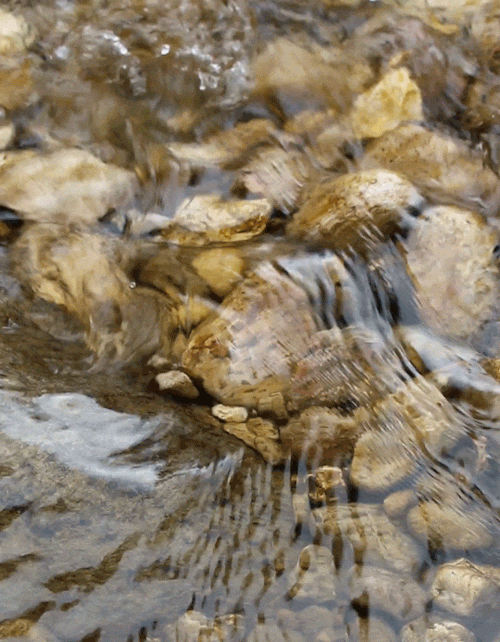
Designing for Behavior Change
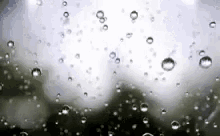
Our Solution
Living Building Challenge criteria
We designed Bee_Hydrated as an integrated behavioral intervention within SCAD's Gulfstream Center. The solution features a transparent six-nozzle water station with visible filtration to address health concerns, a gamified bottle dispenser using student IDs with deposit returns, and immersive natural elements, including a living wall, bamboo screening, and water features to create an appealing oasis experience. We incorporated educational panels, automatic savings displays, and a flowing water return system to reinforce positive behavior while meeting Living Building Challenge criteria through renewable energy, rainwater collection, and recyclable materials.
Behavior Change in Action
We designed BeeHydrated to engage each user persona through tailored behavioral triggers: Proactives appreciate the environmental reinforcement and backup bottle service when they forget their own, Reactants are drawn in by the novel, interactive experience and visible water quality assurance, while Non-Reactants encounter gentle pressure through the prominent location and educational elements that address their health perception barriers. The space functions as a behavioral funnel, using sensory stimulation, instant monetary feedback, and physical witness to water flow during bottle returns to maintain engagement and encourage habit formation across all user types.
Going Forward
Take a minute to write an introduction that is short, sweet, and to the point. If you sell something, use this space to describe it in detail and tell us why we should make a purchase. Tap into your creativity. You’ve got this.


